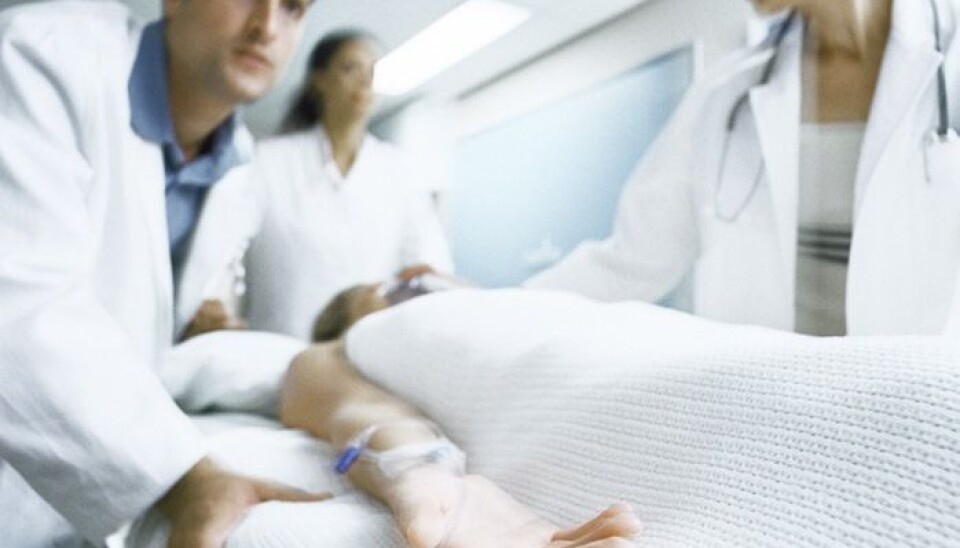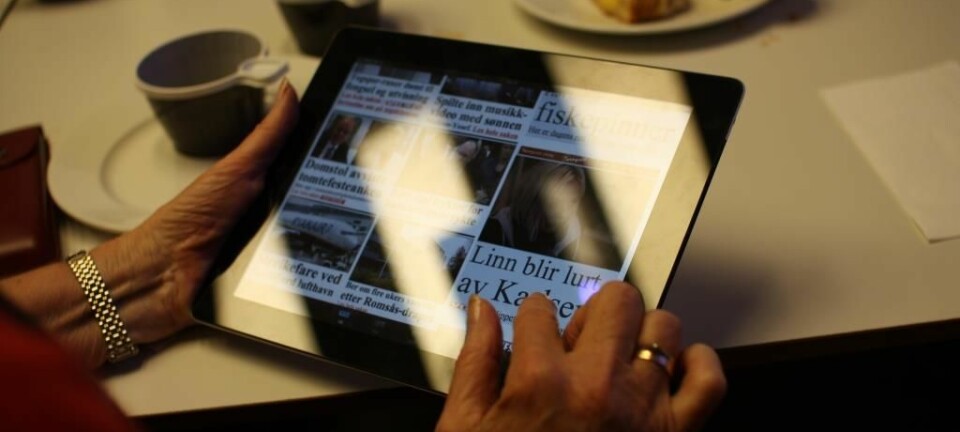An article from Norwegian School of Economics (NHH)

Free choice of hospital may reinforce social differences
People with higher education, and people who live in areas with a low mortality rate, are overrepresented among users of the free choice of hospital system.
Denne artikkelen er over ti år gammel og kan inneholde utdatert informasjon.
The free choice of hospital system was introduced in Norway in 2001.
It means that patients can choose other hospitals than their local hospital to avoid long waiting times.
Research shows that the system has reduced waiting times nationally, but different sections of the population make very different use of the system.
<iframe width="560" height="315" src="//www.youtube.com/embed/Vj3fBocHfiY" frameborder="0" allowfullscreen></iframe>
Better informed

By linking patient administration data with data from Statistics Norway, for example the living conditions survey, Afsane Bjorvatn at the Institute for Research in Economics and Business Administration (SNF) in Noway, and Albert Ma of Boston University has investigated who makes use of the free choice of hospital system.
“One of the findings is that people with higher education are more mobile than people with a lower education level,” says Bjorvatn.
This means that people with higher education travel more than people with less education in order to get swift treatment.
Bjorvatn believes that the reason for the difference may be that highly educated people are better informed about their options.

“When they become ill, I think they are less willing to wait. So they find out what their rights are and avail themselves of the services available to them,” she says.
More health-conscious
In addition, Bjorvatn believes that educated people may be more health-conscious than people with less education.
“That is something we also see in other studies, for example that educated people go to their GP more often.”
The study also shows that areas with a high mortality rate, or a higher morbidity rate, have lower mobility than areas with better health.
“It is quite interesting that people who live in areas with higher morbidity rates are less likely to make use of the opportunity for swifter treatment,” says Bjorvatn.
Again, she believes that this is due to the fact that resourceful patients have a stronger tendency to seek out information.
Travel within a region
In the study, Bjorvatn looks at patient administration data over a seven-year period from 1999 to 2005. The study comprises a total 500,000 patients who were treated for diagnoses for which treatment is offered all over the country.
“In general, we see that patient mobility increased when the free hospital choice system was introduced, and that it continued to increased steadily during the period. Patients use the system, especially within their own health region,”says Bjorvatn.
When the difference in times was ten days, i.e. a patient could be treated ten days earlier somewhere else, mobility increased by approximately 15 percent within the health region and by about 5 percent outside the region.
The greater the difference, the more mobility increased.
Preponderance of men
In addition to the differences between people with high and low levels of education, and between areas with high and low mortality rates, the researchers found that men are more mobile than women.
“We believe that this is because women may find it more difficult to travel elsewhere to get treatment because they often have responsibility for small children,” says Bjorvatn.
The study also shows that people with more serious diagnoses avail themselves of the free hospital choice system to a greater extent than people with less serious illnesses.
This is not surprising to the researcher.
“We also see that mobility is greatest in relation to medical treatment and outpatient surgery. You can go home the same day and do not need to be away from your family,” she says.
“Patients who need more serious surgery are less mobile, however. If they have to stay in hospital for a long time, they prefer to be treated somewhere close to their family,” she adds.
Duty to provide information
Although the free choice of hospital system is used differently by different sections of the population, the study shows that, overall, the system leads to more people being treated, to reduced waiting times and more efficiency in the running of hospitals.
“The free choice of hospital system has been successful in many areas. It has increased patients’ right to self-determination and also contributed to better utilisation of hospital capacity.”
“During the period, we saw that mobility increased steadily, but not drastically. Among other things, this is because, when people avail themselves of the system, waiting times are reduced locally, so that fewer people have to travel,” Bjorvatn says.
Reinforces social differences
However, she finds it problematic that less resourceful sections of the population make less use of the system.
“It is possible that the system reinforces social differences,” she claims.
The researcher believes that the authorities have a responsibility for ensuring that all groups know their rights.
“The authorities need to be more active and provide better information about the free choice of hospital system. They must ensure that all patients know about the system, so that as many people as possible can make use of it,” she says in conclusion.
-------------
Read the Norwegian version of this article at forskning.no
































